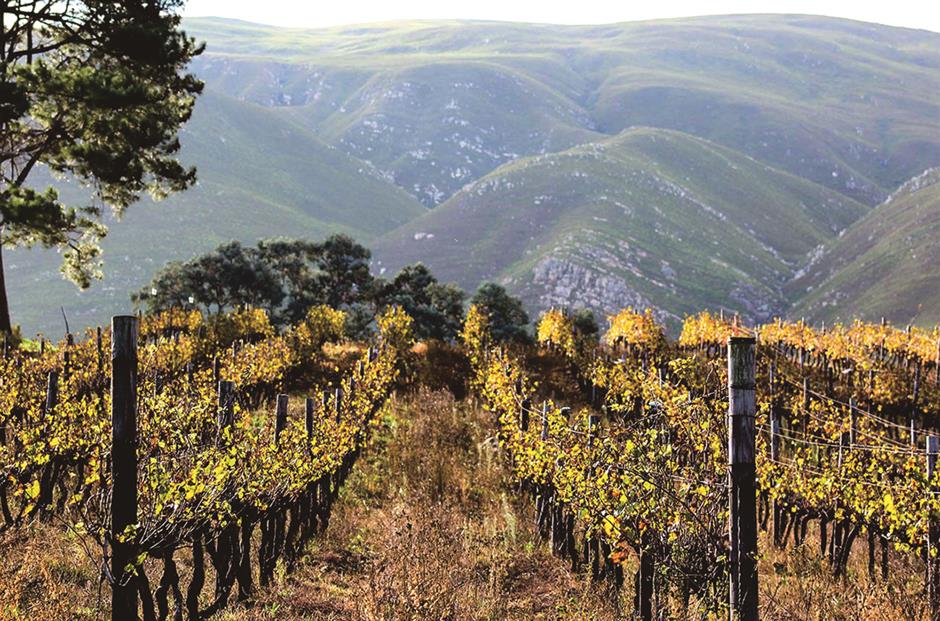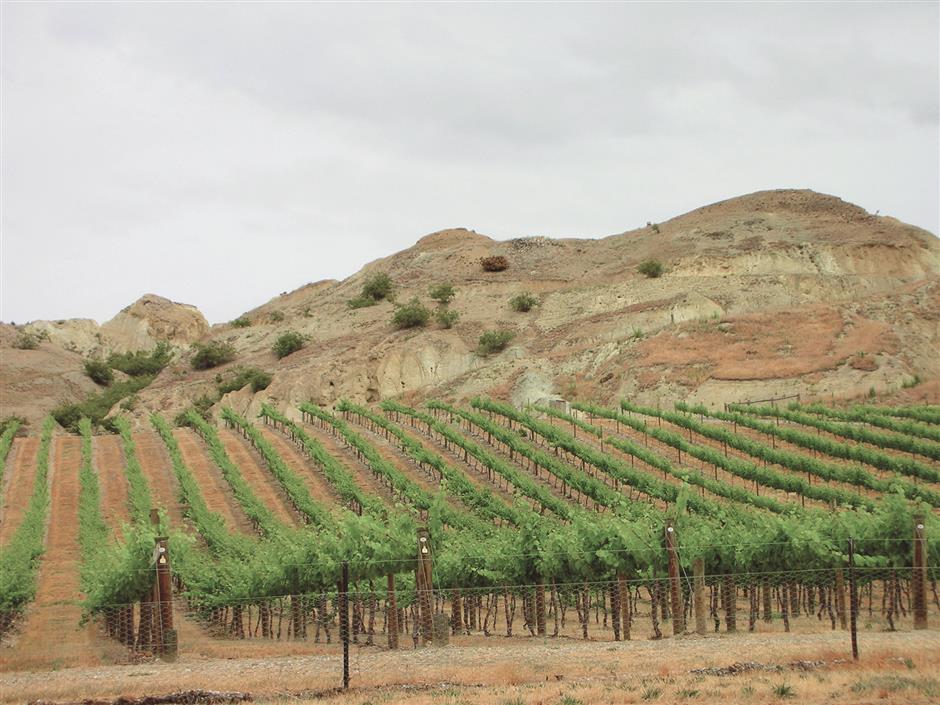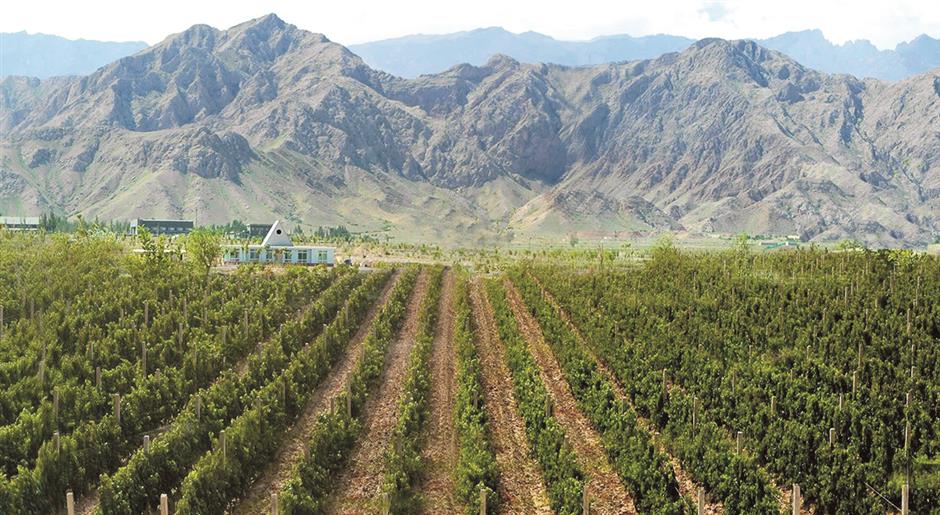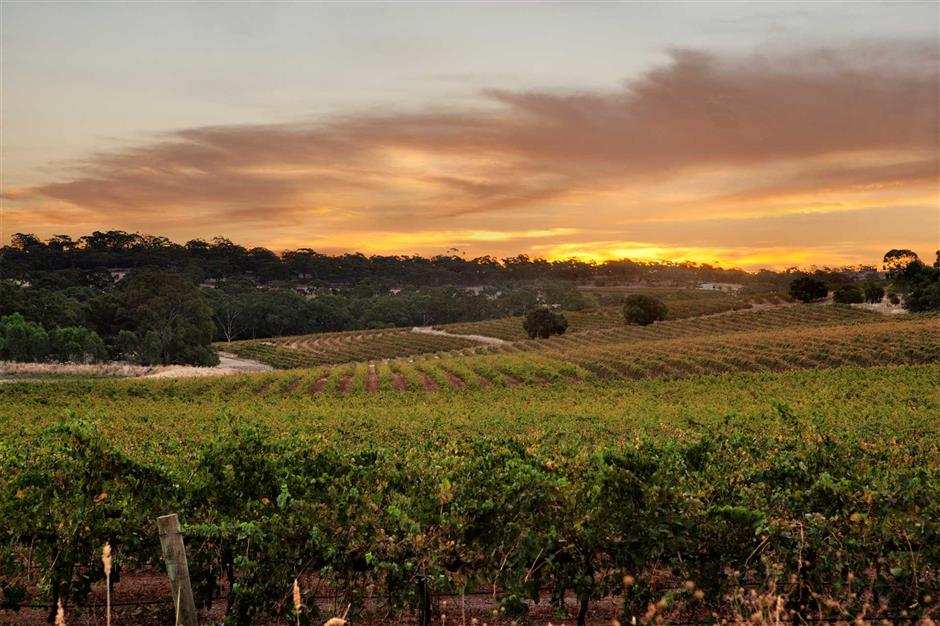Summary
Dumplings have long been a fixture in Chinese cuisine. Legend has it that the illustrious doctor Zhang Zhongjing invented dumplings during the Eastern Han Dynasty (25 BC-AD 220). Zhang is sometimes referred to as China’s Hippocrates, and his masterpiece, “Treatise on Febrile and Miscellaneous Disease,” is the oldest clinical textbook in the history of medicine.
Allegedly the doctor first made dumplings as a medicinal remedy for impoverished people with frostbitten ears. These first dumplings were said to have comprised lamb, pepper and herbs. This is a heartwarming story of a great historical figure but it’s more likely history’s first dumplings were made centuries before Zhang helped the poor.
The subject of today’s feature, pan-fried dumplings, are a relatively more recent occurrence. This yarn dates back to the Song Dynasty (960-1279) when Emperor Taizu found one of the Imperial Court’s chefs frying leftover dumplings. Drawn by the scent, the emperor asked the chef to serve the pan-scorched dumplings. To his astonishment, the emperor loved the distinctive texture contrasts and flavors of the pan-scorched dumplings. The veracity of this story is likewise questionable, but what’s indubitable is the global popularity of pan-fried dumplings and an affinity for wines.
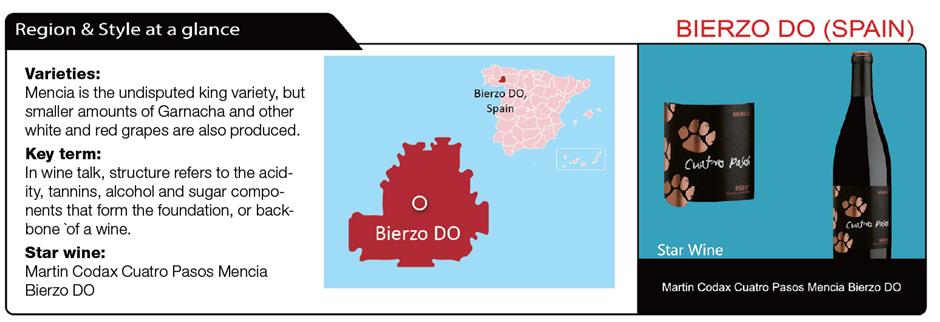
Bierzo DO
Located in western reaches of the Castilla y Leon in the north of Spain, Bierzo, is a harsh and mountainous region with a cool continental climate that’s perfect for viticulture. Bisected by the Sil River, the region has two sub-zones, the elevated Bierzo Alto that features mineral rich terraced vineyards and the more sprawling and verdant Bierzo Bajo plain. Bierzo is one of 10 designated DO wine regions in Castilla y Leon.
The ancient Romans are credited with bringing vines to this harsh and inaccessible region but at the time their main focus was exploiting the land’s gold, coal and iron resources. The transplanted vines thrived in the mineral rich soils, and in the ensuring centuries winemaking continued despite incessant invasions by the Visigoths, Suevi and Moors. In the ninth century the remains of Saint James were discovered interred in the cathedral of Santiago de Compostela, and as a result Bierzo became a popular destination for holy pilgrims. Local vintners believe the region’s most famous grape most likely arrived with one of these early pilgrims.
Mencia is the identity and heart of Bierzo wines. Much smaller quantities of Garnacha red and Godello, Dona Blanc and other red and white varieties are cultivated, but Mencia is to Bierzo what Tempranillo is to Rioja. In other words, it’s everything.
For most of the 20th century, the Mencia grape was believed to be a descendant of Cabernet Franc because it made pale and fragrant red wines with Cab Franc-like aromas. DNA profiling at Technical University of Madrid disproved this and indicated that Mencia was genetically a cross between the two Portuguese grapes Alfrocheiro and Patorra. The Jaen variety cultivated in Portugal is genetically identical.
Recently Mencia wines from Bierzo have become all the rage in sophisticated markets around the world, but this is a recent occurrence. Over 100 years or so Mencia wines were mostly light and undistinguished wines only suitable for daily drinking among locals. They didn’t meet the loftier standards needed to export and remained mostly anonymous to wine lovers outside of Castilla y Leon. Then something unexpected and fortuitous happened.
A small group of well-regarded winemakers from outside the region discovered a trove of some of Spain’s oldest vines, using the low-yield, high-quality fruit from these old vines and more exacting winemaking techniques they endeavored to make wines to rival the more acclaimed Castilla y Leon wines of Ribera del Duero DO and Toro DO. Their palpable successes have given birth to some of Spain’s most exciting red wines. These startlingly fresh, exuberant and structured wines are increasingly winning awards and the hearts of discriminating drinkers looking for something different.
The best Mencia wines from Bierzo come from mineral rich elevated 500-650-meter hillside vineyards that feature excellent diurnal temperature differences. These conditions lead to a longer more gradual ripening season that results in grapes with optimal ripeness that still retain good freshness.
Top examples of Mencia wines often feature abundant red fruit, plum, black cherry wildflower, herbs, licorice and intriguing earthy aromas and flavors. These qualities, along with their solid acidity, also make them remarkably food-friendly. This includes an ability to pair nicely with a plethora of popular Chinese dishes, including everyone’s beloved pan-fried dumplings.
Wine drinkers in China are only just discovering the beauty of Mencia wines from Bierzo and this means a limited selection. Fortunately, wines from a few of the best producers can be found, including the sophisticated wines from Cuatro Pasos and Alvaro Palacios. The former tends to make stylish and elegant wines while the latter produces concentrated wines with mouth-puckering tannins. Both wineries make Mencia wines with excellent varietal typicity. Other Bierzo producers of note whose wines you might be lucky enough to find in Shanghai include Raul Perez, Godelia and Pittacum.
Because of their bright acidity and headiness, Mencia wines from Bierzo are best served slightly chilled or about 15 degrees Celsius. Approachable when young, better examples of Mencia wines can be cellared for a decade or longer. Recommended vintages include 2018, 2016, 2015 2014, 2012, 2011 and 2010.
I recently tasted a trio of 2009 Bierzo Mencia wines that were still remarkably fresh and at their peak.
Where to buy in Shanghai
www.everwines.com
Martin Codax Cuatro Pasos Mencia Bierzo DO
Martin Codax Cuatro Pasos Black Mencia Bierzo DO
www.linksconcept.com
Alvaro Palacios Mencia Petalos de Bierzo DO
Alvaro Palacios Mencia Las Lamas Bierzo DO
Alvaro Palacio Mencia Villa de Corullon Bierzo DO


